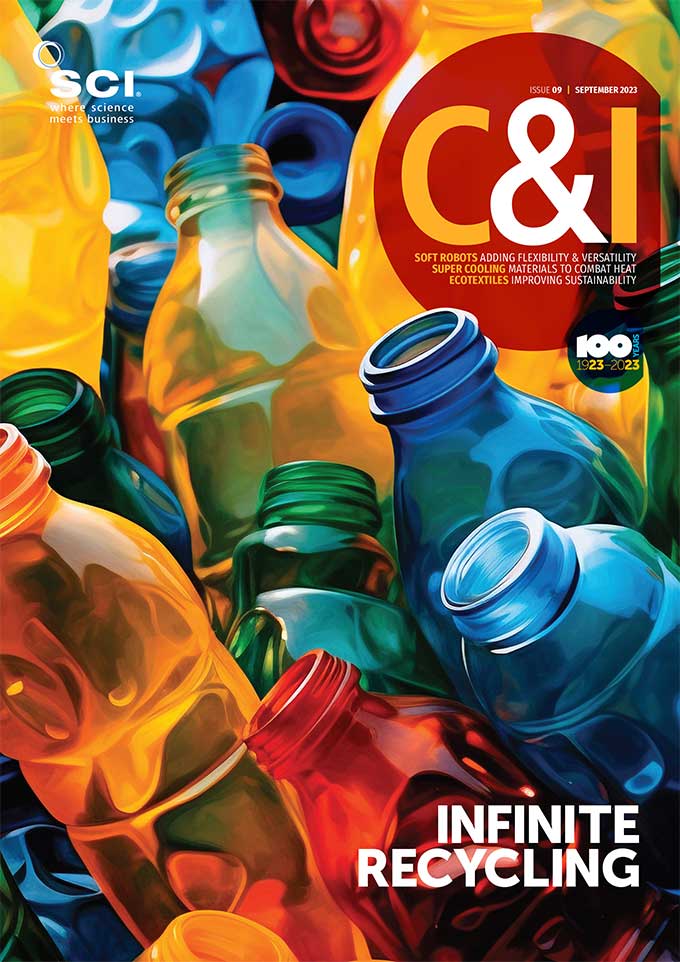Neil Eisberg | Editor
It used to be simple – or at least relatively straightforward. Big Pharma relied on ‘blockbuster’ drugs to provide profits and financial support for R&D. Then biotech became the ‘next big thing’ with small start-up companies, often spin-outs from university research and funded by venture capitalists. Big Pharma took advantage of this, in many cases, first through collaboration and then acquisition to add products to their portfolios and expertise.
With the drive for globalisation, manufacturing also changed, with production moving to the lowest cost country, particularly India and China initially, but then moving down through the developing nations as costs increased with improving lifestyles. Eventually, the string of new countries came to an end, along with the positive impact of reduced costs.
However, the offshoring became re-shoring to improve supply chain security and domestic economies. But one outcome has been the rise of drug shortages, due in some cases to increased regulation as well as trends like ageing populations in the developed world, pushing up demand for particular remedies.
As part of the move to offshoring, pharma companies also reduced their own capacity to manufacture final products, preferring to focus their efforts on R&D, with even that functionality in many instances being out-sourced to contract providers. The burgeoning biotech sector provided a ready source of potential products, with biosimilars becoming the latest ‘big thing’. With this came the rise of the so-called ‘virtual pharma company’ with all of its activities being outsourced.
But as the old saying goes, all good things come to an end, and the pharma industry has not been able to avoid the inevitable new challenges.
In 2022, the US biotech sector floundered through a period of failed product development or product trials and approvals, resulting in personnel layoffs and companies shutting up shop as part of a general stagnation. It was generally considered that the sector had rebounded in 2023, however, in recent months, the cycle seems to be repeating itself.
According to industry commentator, Fierce Biotech, its Layoff Tracker shows 2022 appears to have returned with a vengeance. In 2022, the Tracker reported layoffs at 119 biotech companies, with a batch of 23 occurring just in November 2022.
In 2023, there were 14 in January, followed by 24 in February and 19 in March. The trend continued in April with 12 companies announcing layoffs, with a further 12 in May; 11 in June; and at least 12 in July.
The companies range from major players like Biogen, which announced a staff reduction of 11.5%, or almost 9000 employees, due to a series of drug developments being halted, to smaller concerns like Amarin, which as a result of a takeover is restructuring and reducing its staff by 30%, some 120 individuals. And the layoffs don’t appear to be ending.
But there are other unwelcome challenges. While the Covid pandemic initially stimulated drug development and subsequent sales, the waning of its incidence has had an impact on those sales while the associated diversion of R&D has detrimentally affected other product development.
Also, attempts by US President Biden’s administration to combat the global impact of inflation resulting from Russia’s invasion of Ukraine, have raised new concerns.
The US Inflation Reduction Act (IRA), designed to stimulate the domestic US economy has had a number of unforeseen consequences, as Big Pharma executives have recently been highlighting. In particular, the possibility for Medicare drug pricing regulation has forced pharma companies to re-examine their development programmes.
The focus is on the legislative distinction between small molecules and biologics, something that companies see as a serious business issue. According to the legislation, small molecules have nine years from approval by the US Food & Drug Administration before they would be subject to price negotiations, scheduled to begin in 2026, while biologics have a longer period: 13 years.
US pharma majors, like Merck & Co, have described this discrepancy as ‘extortion’ in legal proceedings against the US Department of Health & Human Services, while Johnson & Johnson and Bristol Myers Squibb together with the trade group Pharmaceutical Research and Manufacturers of America (PhRMA) and also the US Chamber of Commerce have begun similar proceedings.
But it is not just US-headquartered organisations that have begun proceedings. Germany’s Boehringer Ingelheim has joined the legal fray along with Anglo-Swedish concern AstraZeneca, which has one of the first ten drugs listed by the US Centers for Medicare & Medicaid Services for the first price negotiations.
The US Department of Justice has, however, described these efforts as pointless and called for the cases to be dismissed. Most recently, the AARP, the largest nonprofit, nonpartisan US organisation representing Americans 50 and older, has described the actions as ‘not in the public interest’.





